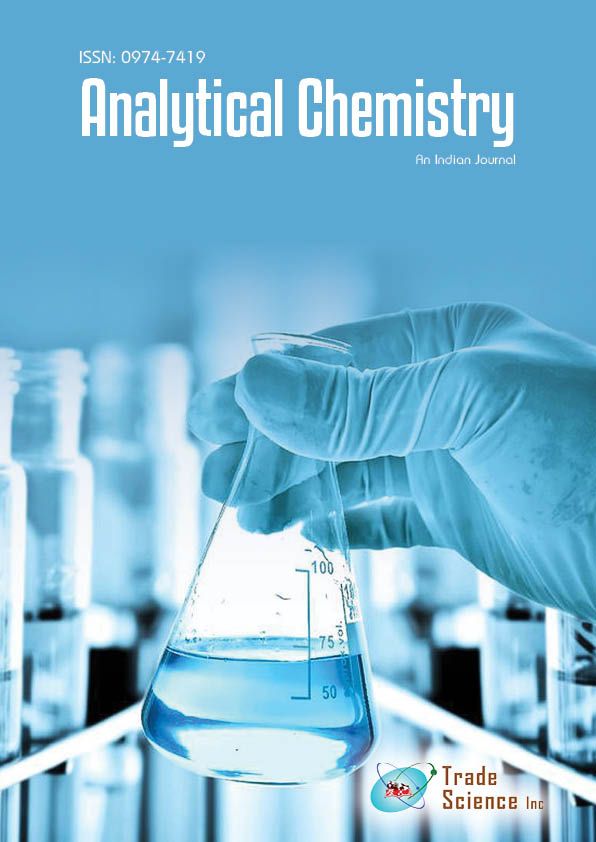Abstracto
Formulation of Macrocyclic Molecules for Pharmaceutical Use
Astein Miller
In organic synthesis, biochemistry, and medicine, finding novel biologically active chemicals to address global health concerns is a critical objective. The biological activity of macrocyclic structures is a field of research that is still in its early stages. Macrocyclic compounds feature distinct physicochemical characteristics, such as spatial preorganization, the existence of a size-defined cavity, the proclivity for self-assembly, low pharmacologically active doses, low toxicity, and antiallergenicity. Crown ethers, cyclodextrins, cucurbiturils, calixarenes, porphyrins, pillararenes, and cyclic peptides are examples of macrocyclic molecules that have been employed in biological applications. The usage of macrocycle-antibiotic hybrids is one technique to combat microorganism antimicrobial resistance. It describes the production and characteristics of the most well-known macrocyclic compound-antibiotic hybrids, such as rifamycins, vancomycin, and others. The increase in molecular weight is acknowledged to be one of the key drawbacks of using antibiotic hybrids. However, research and advancements in this domain suggest that bulky compounds' oral bioavailability for systemic therapeutic usage can be improved.
